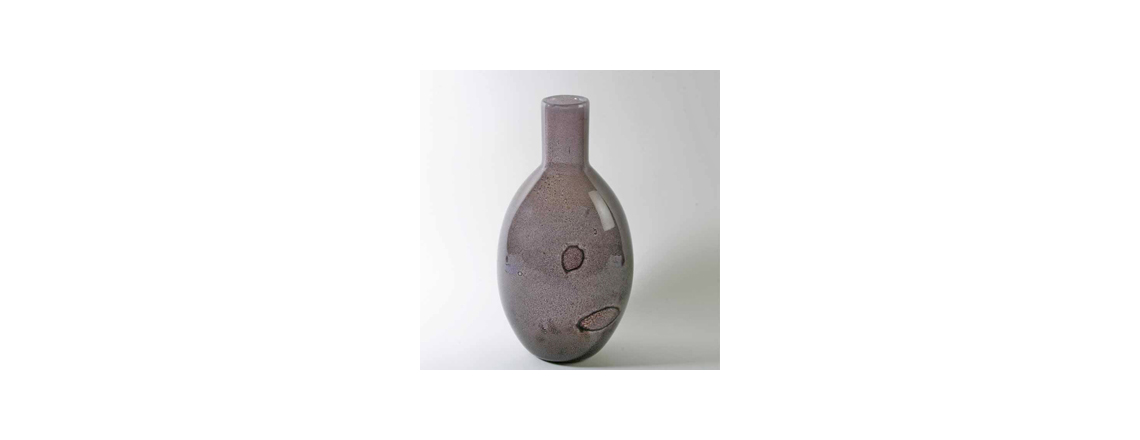
The factory exists since 1942 under the name Barovier & Toso. The Barovier family is the owner but with multiple partners. Benvenuto and Giuseppe Barovier run the company. The manufacture's name was Artisiti Barovier first. It produced objects in the classical style, inspired by Art Nouveau. The use of more colourful murrhines is characteristic for this style. The vases issued in 1914 on the Morstra die Fiori, Palazzo Ducale were from this period, too.
During the World War II, the factory was moved to Livorno, as well as some other manufactures. After the war it returned to Murano and was from now named Vetreria Artistica Barovier & C. Ercole and Nicolo Barovier were the managers.
In 1923, the company took part in the first international Exhibition of Decorative Arts, Monza. There they presented classical objects and murrhines as well as objects that combined glass and iron. The iron parts had been manufactured by Cardin & Fontana. From 1922 - 1972 Ercole Barovier was the artistic director of the manufacture. During that period, approximately 23,000 objects were created. Ercole Barovier developed some manufacturing methods that changed the glass industry fundamentally. In the 20s, Zecchin and Wolf Ferrari designed the vases. Particularly successful was the series 'Primavera'. It was a limited and unique series. In the 30s, he worked on the production of very massive glass objects, and used various materials to produce colour gradients. In a registered patent, it is written: 'Colouring through heat without fusion'. He used that technique with some modifications up to the 50s.

